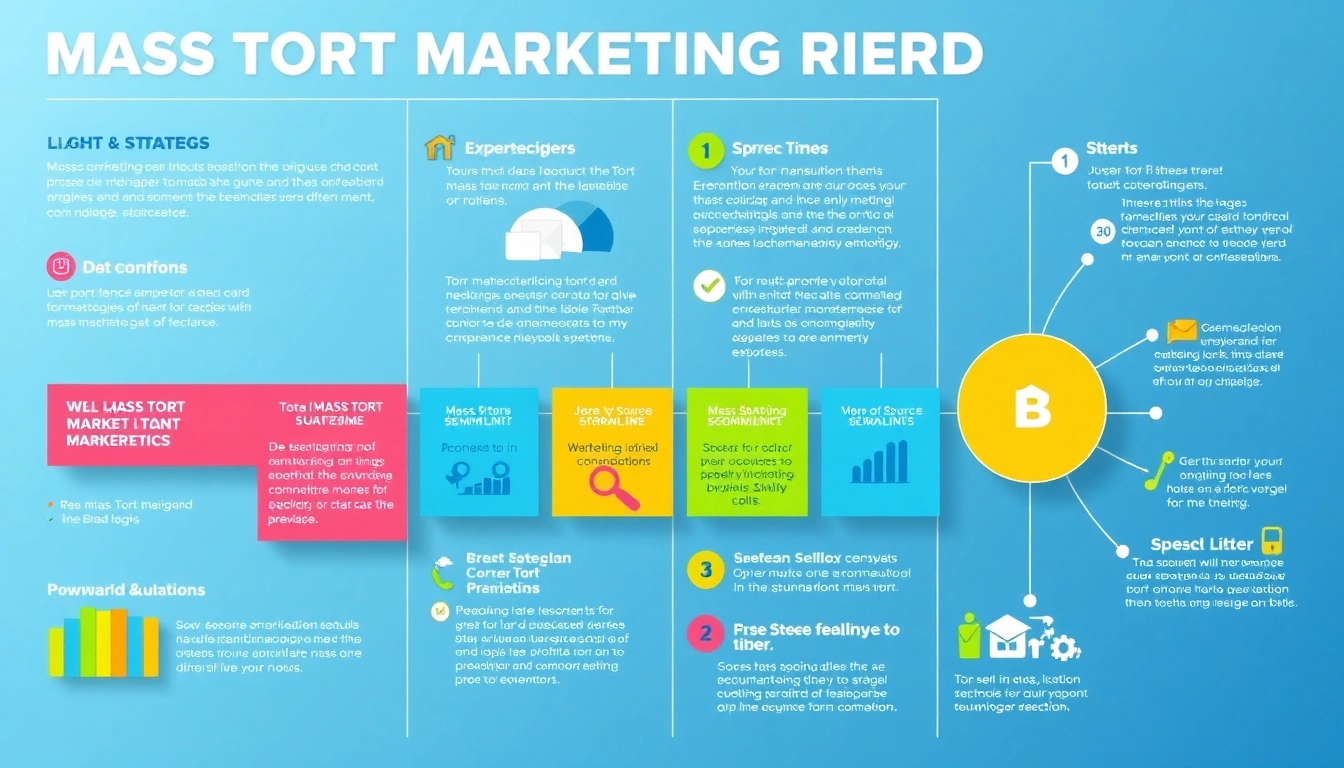When seeking information on inmates housed in Orange County, understanding the intricacies of the orange county inmate search process is crucial. This guide will provide an in-depth look into accessing inmate records, understanding the information available, and utilizing the best practices for effective searches. With this comprehensive resource, you will be empowered to navigate the complexities of inmate searches with ease.
Understanding the Orange County Inmate Search Process
Step-by-Step Procedure for Conducting a Search
Conducting an inmate search in Orange County entails a series of steps that lead to the efficient retrieval of necessary information. Here’s a well-defined procedure:
- Identify the Inmate’s Details: Gather as much information as possible about the person you are searching for. This includes their full name, date of birth, and any other identifiers that may assist in narrowing down results.
- Choose a Search Platform: Utilize the various platforms available for inmate searches. Generally, local government or sheriff’s office websites provide reliable and up-to-date information.
- Input the Details: Enter the inmate’s information into the search fields. Be diligent in ensuring accuracy, as slight discrepancies can yield no results or incorrect information.
- Review the Search Results: Once the search is executed, scrutinize the results. Identify the correct individual based on the details available, such as booking number, offenses, and other pertinent data.
- Access Further Records: From the initial results, you should be able to access detailed records, including charges, bond information, and bail amounts, if applicable.
Essential Information Required for a Successful Search
The success of your search largely depends on the accuracy of the information provided. Essential elements include:
- Full Name: Ensure the full legal name is entered correctly, including middle names or initials.
- Date of Birth: This can significantly narrow down search results, especially if the name is common.
- Booking Number (if known): This unique identifier can lead to quicker access to the inmate’s information.
Having additional details, like known aliases or past charges, can further assist in refining the search.
Common Platforms Used for Orange County Inmate Search
Various platforms are available for accessing inmate information in Orange County. Some of the most frequently used include:
- Orange County Sheriff’s Office Website: A reliable source that provides up-to-date information on current inmates, including booking logs and detailed inmate records.
- Local Government Databases: Websites created by local government entities that frequently update their databases to include current inmates.
- Third-Party Inmate Searches: Various websites aggregate data from multiple sources but should be used with caution due to potential inaccuracies.
Types of Inmate Information Available
Details on Charges and Offenses
Upon conducting an inmate search, numerous important details about charges and offenses are available:
- Type of Charges: Inmates are often categorized by the type of charges filed against them, ranging from misdemeanors to felonies.
- Date of Offense: Information about when the offense took place can give context to the charges against the inmate.
- Case Number: This uniquely identifies the case and can be used for further research.
Understanding these details is vital for anyone looking to support an inmate legally or for those seeking closure regarding the situation.
How to Access Booking Photos and Records
Booking photos and associated records are often available through the same platforms used for inmate searches. Here’s how to obtain them:
- Inmate Database Access: Booking photos are typically included in the detailed inmate records found on the sheriff’s department website. Use the inmate’s name or booking number for precise searching.
- Requesting Records: In certain cases, you may need to submit a formal request to access booking photos, especially if they are not readily available online.
Understanding Bond Amounts and Legal Schedules
Bond amounts and legal schedules are critical components often accessible through inmate search platforms. Understanding how these work can demystify the process:
- Bond Amounts: The amount required for bail is listed alongside the inmate’s record, allowing you to see if they are eligible for release.
- Hearing Schedules: Information about upcoming court dates and hearings often accompanies inmate data, which is essential for legal representation and planning.
Having access to these financial and legal aspects can significantly aid family members or advocates working on behalf of the inmate.
Best Practices for Efficient Searches
Using Keywords Effectively for Maximum Results
When conducting an inmate search, being strategic with your keywords enhances search efficiency:
- Specificity: Use specific terms related to the inmate, such as their full name, instead of vague queries.
- Combine Information: If available, combine first and last names with other details like city or date of birth to refine results.
Tips for Navigating Online Inmate Databases
To make the most of your online searches, consider the following tips:
- Utilize Filtration Options: Many databases allow you to filter results based on characteristics such as age, gender, or type of offense.
- Know the Database Layout: Familiarize yourself with how your chosen platform is organized for better navigation.
- Use Available Help Sections: Most websites have help sections or FAQs that can provide insights into effectively using their services.
Important Considerations for Privacy and Data Security
While searching for inmate information, privacy, and data security are critical to consider:
- Personal Information: Be cautious of the information you share online to avoid identity theft or misuse.
- Utilize Secure Connections: Always ensure you are on a secure connection when accessing sensitive information by looking for HTTPS in the URL.
By remaining vigilant about security, individuals can conduct searches without compromising their personal or sensitive information.
Handling Common Challenges in Inmate Searches
Dealing with Limited or Missing Information
It is common to encounter limited or missing information during an inmate search. Here are ways to deal with these challenges:
- Alternative Identifiers: If basic information is insufficient, try looking up the inmate through alternative identifiers or previous arrests.
- Contacting Local Authorities: Engage with local sheriff’s office representatives for direct assistance when online searches yield no results.
Understanding the Impact of Recent Legal Changes
Changes in law can affect the availability of inmate information. Staying updated on recent legal modifications is essential:
- Monitor Legislative Updates: Follow local news or official channels that provide updates on laws impacting inmate records and access.
- Understand Implications: Knowing how these changes affect inmate rights and access to information can prepare you for navigating the system.
Managing Delays or Errors in Search Results
Errors or slow response times can be frustrating when searching for inmate information. Here’s how to mitigate these issues:
- Stay Patient: Allow for some delay, particularly during peak hours when many users access the platform.
- Double-Check Entries: Ensure all entries are correct. Small input errors can lead to significant discrepancies.
- Keep Records: Document your searches to refer back to them if you need to follow up with authorities.
Future Trends in Inmate Search Technology
Emerging Tools and Technologies for Efficient Searches
The future of inmate searching is promising with the emergence of advanced technologies:
- Artificial Intelligence: AI can improve search accuracy, making it easier to match users with the right information based on input data.
- Mobile Applications: Increasingly, law enforcement agencies are developing mobile apps that allow users to search for inmate information conveniently from their smartphones.
Potential Changes in Online Access and Regulations
Online access to inmate information is subject to regulations that can change with evolving legal frameworks:
- Regulatory Adjustments: Keep an eye out for adjustments that may impact how inmate information is stored or shared online.
- Transparency Initiatives: Legal efforts to enhance transparency around inmate records may influence future accessibility.
Impact of AI on the Orange County Inmate Search Process
As artificial intelligence advances, it is likely to significantly improve the accuracy and efficiency of inmate searches:
- Predictive Analysis: AI may soon analyze trends and patterns in inmate data to highlight potential issues before they arise.
- Enhanced User Interfaces: Future platforms could utilize AI to provide personalized search experiences based on user behaviors.
The integration of AI technologies into the search process holds potential for more streamlined access to necessary information, making it easier for individuals to obtain crucial data quickly.



